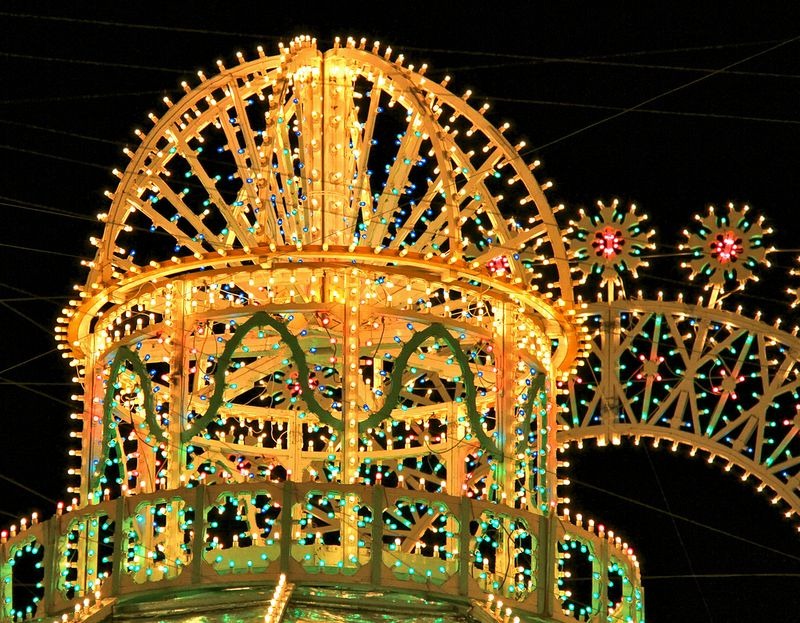The Kobe Luminarie Stunning Light Festival

One of the best display of lights in entire Japan takes place in Kobe during Kobe Luminarie. The event is held every year from early to mid-December, during which the festival site is visited by more than three million people who come to enjoy the large, flamboyant light displays.
The luminaries began in 1995 to commemorate the Great Hanshin Earthquake that devastated the city of Kobe early in January 17, that year. The earthquake’s epicenter was located on the northern end of Awaji Island, 20 km away from the city of Kobe. Among the major cities affected by the earthquake, Kobe was the closest to the epicenter and hit by the strongest tremors. More than six thousand people lost their lives of which 4,600 of them were from Kobe alone.
Photo credit: kobe.travel.coocan.jp
The Kobe Luminarie Stunning Light Festival

Photo credit: kobe.travel.coocan.jp
The Kobe Luminarie Stunning Light Festival

Photo credit: kobe.travel.coocan.jp
The Kobe Luminarie Stunning Light Festival

Photo credit: kobe.travel.coocan.jp
The Kobe Luminarie Stunning Light Festival

Photo credit: kobe.travel.coocan.jp
The Kobe Luminarie Stunning Light Festival

Photo credit: kobe.travel.coocan.jp
The Kobe Luminarie Stunning Light Festival

Photo credit: Marufish/Flickr
The Kobe Luminarie Stunning Light Festival

Photo credit: NIKONLOVE/Flickr
The Kobe Luminarie Stunning Light Festival

Photo credit: calltheambulance/Flickr
The Kobe Luminarie Stunning Light Festival

Photo credit: Hiroaki Kiba/Flickr
The Kobe Luminarie Stunning Light Festival

Photo credit: lasta29/Flickr
The Kobe Luminarie Stunning Light Festival

Photo credit: 8 Kome/Flickr
The Kobe Luminarie Stunning Light Festival

Photo credit: 8 Kome/Flickr
The Kobe Luminarie Stunning Light Festival

Photo credit: 8 Kome/Flickr
The Kobe Luminarie Stunning Light Festival

Photo credit: Bert Kimura/Flickr
The Kobe Luminarie Stunning Light Festival

Photo credit: Hiroaki Kiba/Flickr
Sources: Wikipedia / www.ryuusenkaku.jp
